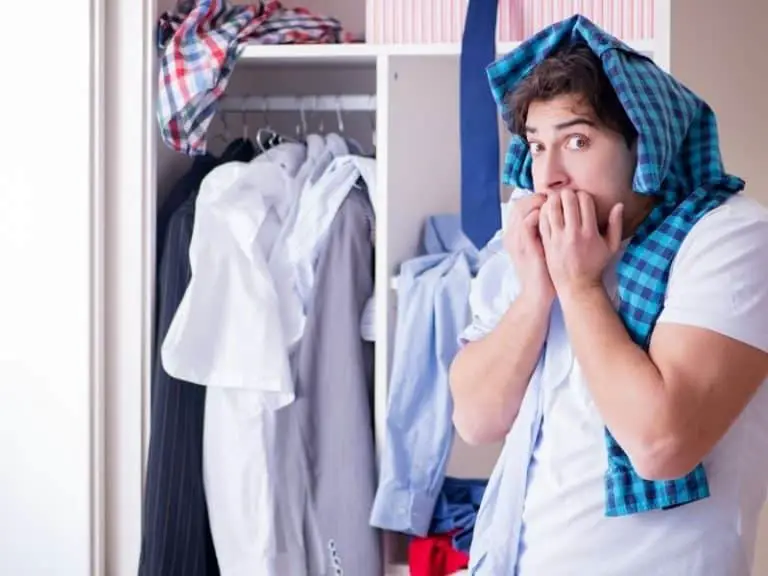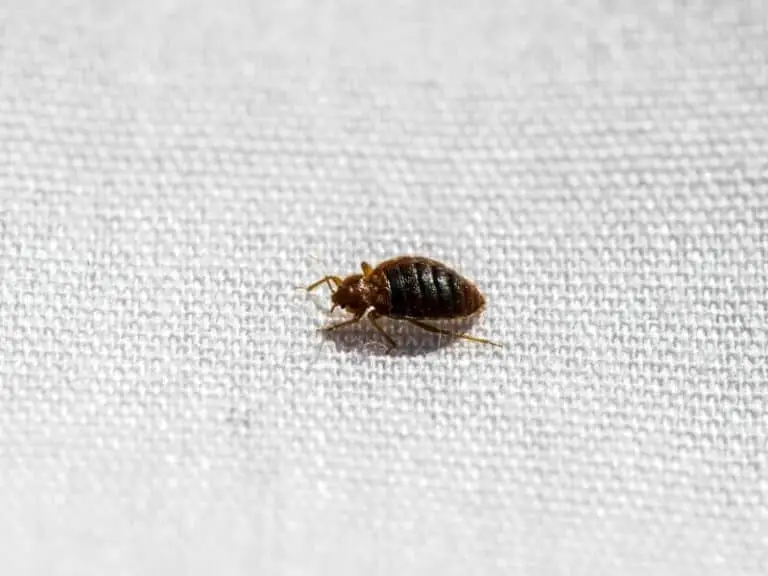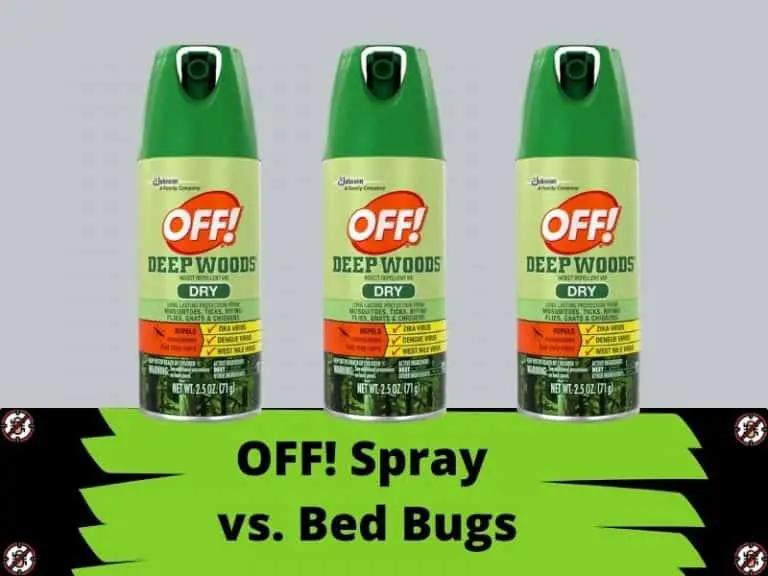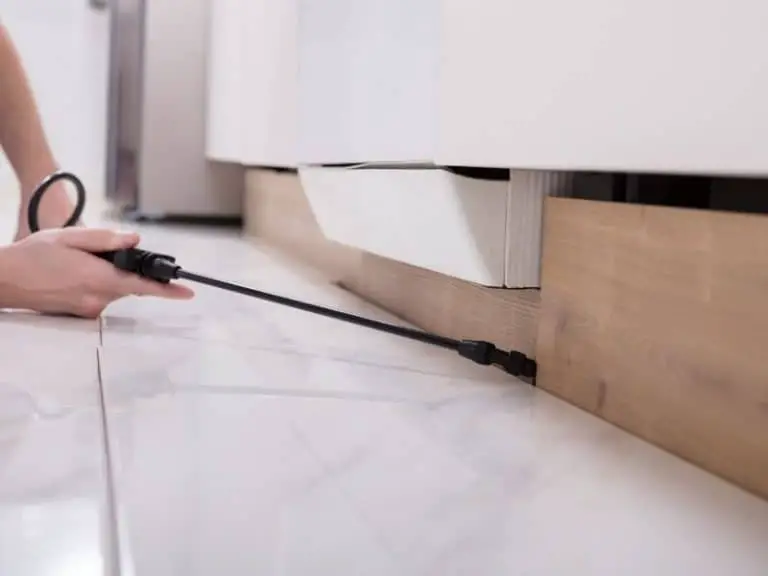Caution: Bed Bugs Can Crawl Out of Vacuums Unless…
The fact is that the bed bugs can crawl out of vacuums. Bed bugs don’t die when you use the vacuum cleaner to remove them from your sheets and upholstery. Also, since many vacuum cleaners don’t have perfect one-way valves bed bugs can escape back out no matter how thoroughly you vacuum.
Believe it or not, bed bugs can survive a trip up the vacuum hose. Sealing the vacuum bag with tape the moment you are done vacuuming will help keep the bed bugs within your vacuum cleaner.
Some vacuum cleaners don’t have a disposable bag you can seal and toss in the trash. In these cases, you will need to empty out your non-disposable bag each time you are done vacuuming the bed-bug areas of infestation.
Don’t be discouraged, however. A vacuum cleaner is still considered to be one of the most effective tools in controlling bed bug infestation, especially when used with an insecticide and hot water.
It takes time to get rid of bed bugs, but with dedication and persistence, you can successfully eliminate all the bed bugs in your home eventually.
Pro-tip: Exposing bed bugs to high temperatures (over 120°F) kills them in a matter of minutes. If you want to get rid of bed bugs without calling an exterminator check the best steam cleaners that produce over 300°F on Amazon now.
Why You Should Still Use A Vacuum Cleaner For Bed Bugs
Vacuums help reduce populations of bed bugs, particularly in specific locations of your bed, such as in crevices and cracks on your headboard.
Unseen places hidden in clutter are places where bed bugs thrive. Not only are these bugs nearly invisible to the naked eye, they really do know how to pick the most effective hiding spots.
The strongest suction on your vacuum cleaner plus a crevice tool attachment will be more effective compared to any other of your vacuum cleaner’s attachments.
Most importantly, a vacuum cleaner allows you to control bed bugs on materials and sites where using an insecticide is not effective, practical, or safe.
A vacuum cleaner also helps remove debris, dead skin, dirt, and other bugs, thus improving insecticide treatment. You can spray an insecticide in areas where you have already vacuumed.
Using a vacuum cleaner will also eliminate any bed bugs resistant to your insecticide. Remember that bed bugs are able to live without feeding on anything for up to a year.
Don’t underestimate the tenacity of these bugs! They are not exactly fruit flies, so to speak.
With a vacuum cleaner, you can eliminate large clusters of bed bugs immediately. A good idea might even be to vacuum some insecticide you can spray into the nozzle each time you suck up a large clump of bugs.
This ensures that your bugs stay within the vacuum cleaner since the toxic chemicals meant to eliminate bugs would have killed them.
Some bugs are resistant to insecticide, so choosing more than one brand to have on hand will help.
Related Post: 10 Ways Bed Bugs Spread From House to House
Location, Location, Location
Yes, location does matter. Vacuuming in the wrong spots is not going to be very effective. You may have noticed bed bugs in the main areas around and on your bed.
However, there are key locations you need to target, even if you don’t see any bed bugs in these areas.
Here are locations you need to vacuum whether or not there are visible bed bugs you can see:
- Crevices and cracks in the walls near the infestation
- Crevices and cracks in the furniture and bed frame around the infestation
- The floor under the bed
- The intersection between the floor and the baseboard
- Furniture with upholstery
- Carpeting underneath the bed
When you are done vacuuming in these key areas, use tape to seal the vacuum bag. Dispose of the bag by putting it inside another plastic bag and seal this off as well.
If your vacuum does not have a removable disposable bag, discard the contents of your vacuum’s non-disposable bag into a separate plastic bag.
Wash your vacuum container with hot water and soap to ensure any remaining bed bugs won’t survive.
Freeze or wash the filter of your vacuum if you don’t have a replacement filter.
Reattach everything in its proper place after cleaning everything appropriately.
After you vacuum these areas and have disposed of the vacuum bag, make sure to spray the entire room with insecticide. Close all your windows so that the insecticide does not dissipate outside of the room.
Make sure no one enters the room where you sprayed insecticide for at least two hours. This helps keep other members of the family as well as yourself from inhaling toxic chemicals.
HEPA Filtration On Your Vacuum Cleaner Is Your Best Defense
Selecting a vacuum cleaner that has a HEPA filter system is your best defense against bed bugs that try and crawl outwards after you have sucked them into the vacuum cleaner.
As you vacuum, the HEPA filter will keep bed bugs’ allergens from becoming airborne.
Use a vacuum cleaner that has a tool for crevices to suck up the clumps of bed bugs.
Use the strongest setting for suction and put the tool for crevices at a forty-five-degree angle.
For surfaces that require more penetration and friction, use a stiff brush attachment.
Good Timing Matters
Believe it or not, timing is everything when it comes to effective bed bug removal. Vacuum clean the bed bugs while they are still gathered in clumps.
Clumped bed bugs are those that have not been disturbed and have not scattered themselves into different areas.
Once you suspect bed bugs on your sheets or upholstery, take your vacuum cleaner and vacuum as many clumps as you see. Next, spray insecticide into the area you just vacuumed, as well as into the vacuum cleaner’s nozzle.
Keep in mind that eggs are the least susceptible to vacuum cleaning since these are usually coated with see-through cement that can adhere to many different surfaces.
It is a good idea to spray the eggs with insecticide before you try to pry them off manually with the nozzle or a hard brush.
Vacuum Repeatedly In The Next Few Weeks
Control any infestations by repeatedly vacuuming in the next few weeks. Take note of the areas where you found the very first-bed bug population and vacuum in these areas again.
Remember, eggs are glued to surfaces and are not as easy to remove. Re-check the same areas in the next few weeks to reduce and eventually eliminate your home’s bed bug population.
Keep your furniture and home accessories simple. The less clutter you have, the fewer places to hide for bed bugs.
Laundering all your sheets in hot water after vacuuming and spraying with insecticide will further increase the chances of your home finally becoming completely free of bed bugs.
Yes, You Will Need To Vacuum Again
The key to reducing and finally eliminating all your bed bugs is to vacuum again. The good news is that when compared to flies, bed bugs reproduce at a slower rate.
Adult bed bugs produce one egg daily, and this will hatch in ten days. It will then take a month and a half to develop into adulthood.
Vacuum your bed daily for a month after you spot the very first infestation. Use the insecticide every other day.
After a couple of months, check to see if you are still getting small bites.
Once your skin is free and clear of any insect bites, you can be assured of having successfully eliminated all your bed bugs once and for all.
Hot Water Helps
Clean all the linen, curtains, and beddings in hot water and dry these on high heat to kill eggs that remain.
A thirty-minute session in the dryer should speed up bed bug elimination. Scrub the seams of your mattress with a stiff brush.
Your bed bugs can live up to one year with no source of food.
Cover your mattress with a tightly woven duvet for over a year to keep bugs from escaping or entering.
Photo credit: ©canva.com/leonidyastremsky
Medical Disclaimer: TheHomePestControl is a digital publisher and does not offer personal health or medical advice. The contents of this website are not intended to substitute for professional medical advice, diagnosis, or treatment.
Affiliate Disclaimer: As an Amazon Associate, I earn from qualifying purchases made on our website. If you make a purchase through links from this website, I may earn a commission at no additional cost to you.






